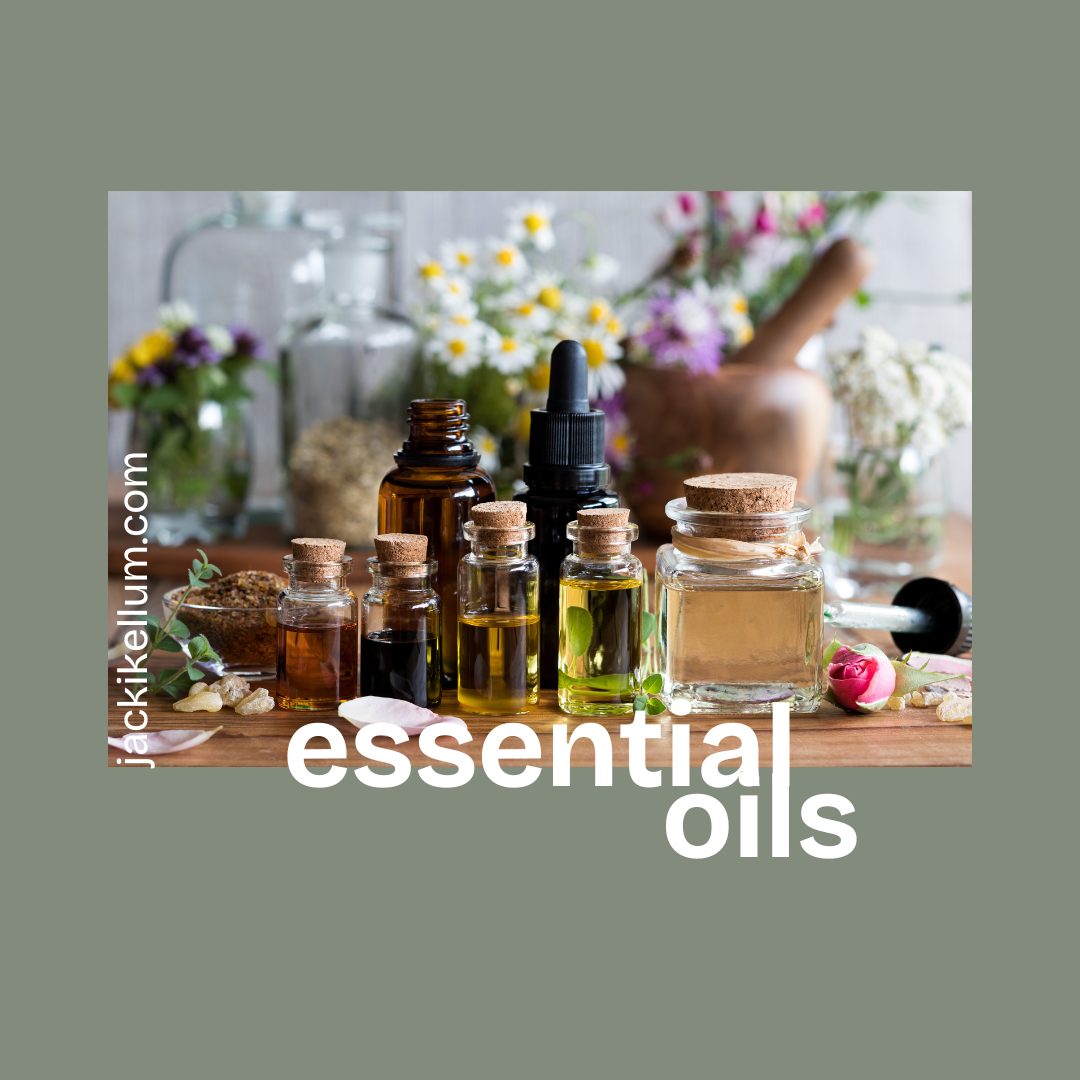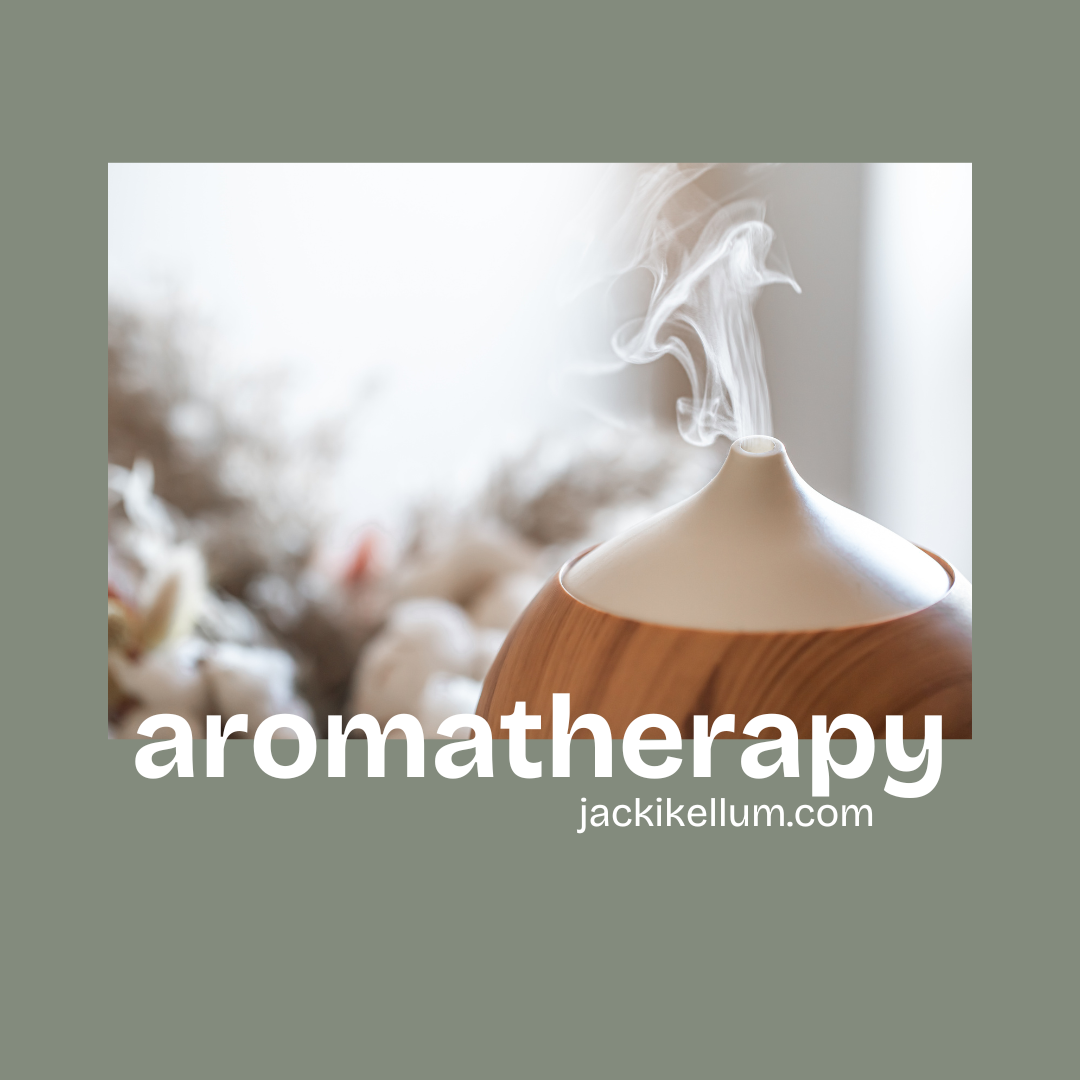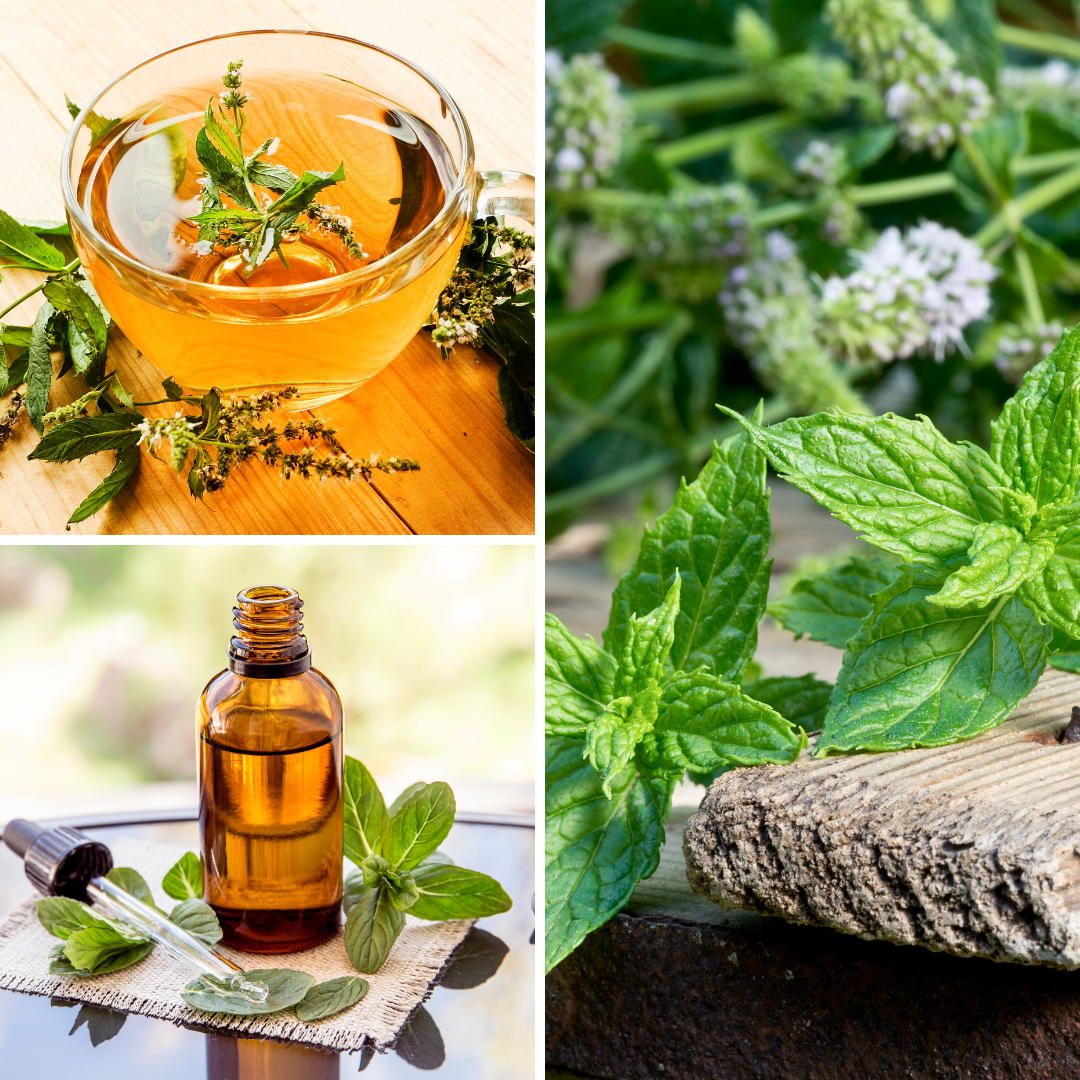
I am a born again essential oils user. I tried diffusing oils years before, but everything was different then. I was younger and had fewer aches and pains. I was busy–darting from one place to another–and I was rarely at home during the day. I thought that essential oils were primarily a way to make my house smell better, and I had not learned about how to dillute them in carrier oils and salves–to use them for pain and healing. And my diffuser was primitive. I was unable to diffuse the oils through the night. Thirty years later, all of the above has changed, and I am ready to avow that Essential oils are just that–ESSENTIAL!
Why Are Essential Oils Called Essential?
When I awoke this morning–with fewer aches and pains–with joints that were far less stiff–I began to wonder if Essential Oils were called Essential because they truly are essential–especially for older, more arthritic people. I discovered that essential oils are called essential for another reason:
“Essential oils are named for their ability to capture the essence of a plant, such as its fragrance, flavor, and odor. The term ‘essential’ implies that the oil is so important to the plant that it can’t be removed without destroying the plant’s character.” Google ai
However, for me, essential oils are also essential to my aging body, and like other types of born-agains, I am an essential-oil-evangelist. Essential Oils Really Do Work.
Essential Oils Work in More Than One Way
Essential Oils Work Through Diffused Mists
As soon as I began diffusing Eucalyptus Essential oil, my chronic probelem with congestion abated.
How do essential oils work?
“Essential oils are substances with a variety of aromatic components and a high degree of volatility. An essential oil contains dozens to hundreds of aromatic components. These substances act on the human body to regulate the physical state, soothe the emotions, and restore the spirit. Aromatherapy is not about “always smelling good so you can relax”.
From the nose to the nervous system, stimulation acts on the brain
“The way most of the aromatic components are delivered is through the nose. Upon inhalation, the aromatic components of essential oils are absorbed by the olfactory hairs on the epithelial tissue of the nasal endothelium. Here, the aroma is perceived, and this information is converted into signals that are transmitted to the brain: to the limbic system, which is closely linked to feelings of joy, anger and sadness, as well as to the hippocampus and the lower part of the optic nerve bed, which are associated with memory. The lower part of the optic nerve bed regulates the functions of the autonomic nervous system, hormone secretion, and the immune system. Aromatic ingredients can be shared throughout both the mind and body. In other words, the simple inhalation of these aromatic ingredients can rapidly affect our body’s systems in a variety of ways.
Entering the bloodstream through the mucous membrane of the lungs
“Aromatic components enter the mouth and nose while breathing, enter the lungs through the throat, trachea and bronchial tubes, and are absorbed into the blood vessels through the mucous membranes of the lungs, acting on all internal organs. Inhalation of essential oils with antibacterial and antiseptic effects can clean the organs and throat and achieve the effect of preventing colds.” Hiqili
From the skin through the bloodstream to all parts of the body
The surface of the skin is covered with a sebaceous membrane and variously structured stratum corneum, which makes it impossible for ordinary substances to enter simply. However, the molecular structure of the aromatic components is small, and when the essential oils are applied to the skin after being diluted through carrier oils, they can be absorbed through the skin, thus penetrating the bloodstream and circulating throughout the body through the blood vessels to act on the various tissues.

What is aromatherapy?
“Aromatherapy is a natural healing method, an art and a science. It uses essential oils extracted from plants for health and beauty benefits. By introducing aromatic components into the body, it aims to regulate physical discomfort and mental disorders.
Conclusion
“Essential oils are powerful natural substances with a wide range of benefits for both body and mind. Whether you are looking to relax, improve your mood or support your overall health, essential oils offer natural and effective solutions.Start exploring the world of essential oils!” Hiqili
Essential Oils Work Through Applying Them Directly through Carrier Oils
A List of Carrier Oils and How to Use Them to Dillute Essential Oils
I immediately realized that essential oils worked through my nose–through what I was breathing from my diffuser–but it confused me that essential oils also work through my skin.
In the above video, I talked about how I have made an essential oil solution my mixing eucalyptus oil, tea tree oil, and frankincense. Since I made that video, I have added peppermint oil to the solution. I have alway known that peppermint oil is good for digestion, but I did not realize that it is also a good oil for the skin. It is especially good for rejuvenating old, tired, cracked feet.
How to Make a Natural Peppermint Salve to Soothe Skin – Recipes Herbal Salves
I plan to make some peppermint oil salve, but I have also discoverd a quick way to make a healing essential peppermint oil skin cream mixture:
Discover more from Jacki Kellum
Subscribe to get the latest posts sent to your email.
